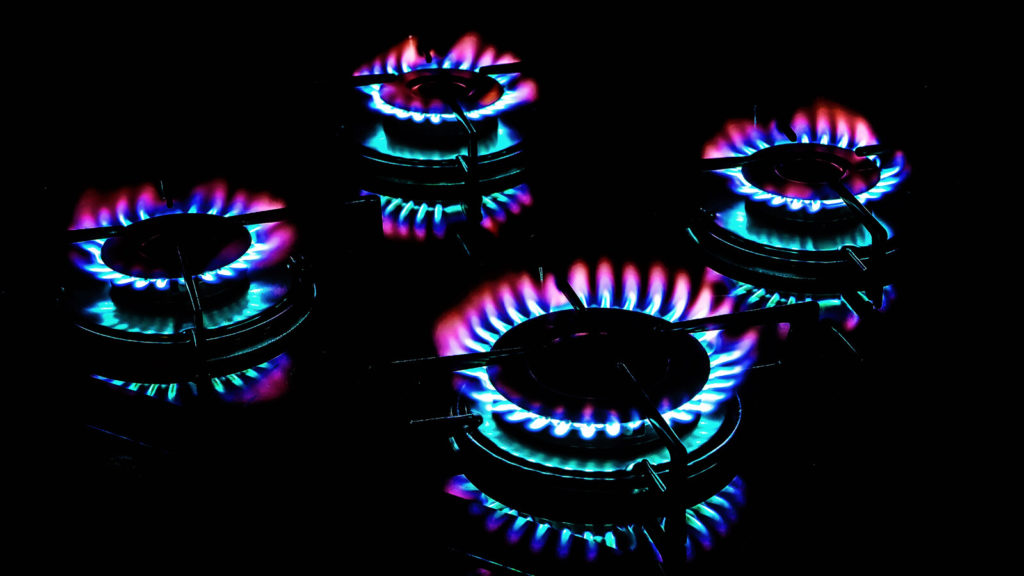
U.S. natural gas futures dropped about 9% to a seven-week low on Tuesday on forecasts for the weather to turn warmer than normal in late December and early January.
That price drop came despite forecasts for colder weather and higher heating demand this week and next than previously expected.
U.S. gas futures remained on track for their most volatile year ever. Both implied and historic volatility were expected to hit record highs in 2022 as soaring global gas prices this year feed demand for U.S. liquefied natural gas (LNG) exports due to supply disruptions and sanctions linked to Russia’s war in Ukraine.
Traders said the biggest uncertainty for the market remains when Freeport LNG will restart its LNG export plant in Texas.
Gas started to flow to Freeport on Tuesday for the first time since August, according to data provider Refinitiv.
Traders said Freeport is likely using the gas to fuel a power plant at the site, but it could also be a sign that the facility is getting closer to restarting.
After several delays – from October to November to December – the company has said several times this month that the plant is on track to restart by the end of the year.
Many analysts, however, do not expect Freeport to return until the first quarter of 2023 because the company still has a lot of work to do to satisfy federal regulators before the plant is ready to restart.
Whenever Freeport returns, U.S. demand for gas will jump. The plant can turn about 2.1 billion cubic feet per day (bcfd) of gas into LNG for export, which is about 2% of U.S. daily production.
Freeport shut on June 8 after a pipe failure caused an explosion due to inadequate operating and testing procedures, human error and fatigue, according to a report by consultants hired to review the incident and suggest action.
A couple of vessels – Prism Diversity and Prism Courage – have been waiting in the Gulf of Mexico to pick up LNG from Freeport since at least early November.
Several other ships were also sailing toward the plant, including Elisa Larus, which is expected to arrive in late December, Point Fortin and Prism Agility (early January), Kmarin Diamond (mid-January) and Wilforce (late-January).
Even without Freeport, the amount of gas flowing to U.S. LNG export plants hit 13.0 bcfd last week, the most since May 29 – 10 days before Freeport shut. That is because the nation’s six other big export plants were operating near full capacity.
In other LNG news, New England is set to get another load of much-needed LNG for the winter heating season in coming days.
In what has already been an extremely volatile couple of weeks for the front-month, gas futures for January delivery were down 49.5 cents, or 8.5%, to $5.356 per million British thermal units (mmBtu) at 10:27 a.m. EST (1527 GMT), putting the contract on track for its lowest close since Oct. 27.
Gas futures have climbed or dropped more than 5% every day since Dec. 12, rising as much as 8% on Dec. 15 and falling as much as 11% on Dec. 19.
The premium of futures for March over April 2023, meanwhile, fell to their lowest since March 2021, a sign the market is starting to give up on extreme cold this winter. The industry uses the March-April spread to bet on the winter heating season when demand for gas peaks.
The industry calls the March-April spread the “widow-maker” because rapid price moves resulting from changing weather forecasts have knocked some speculators betting on the spread out of business, including the Amaranth hedge fund, which lost more than $6 billion on gas futures in 2006.